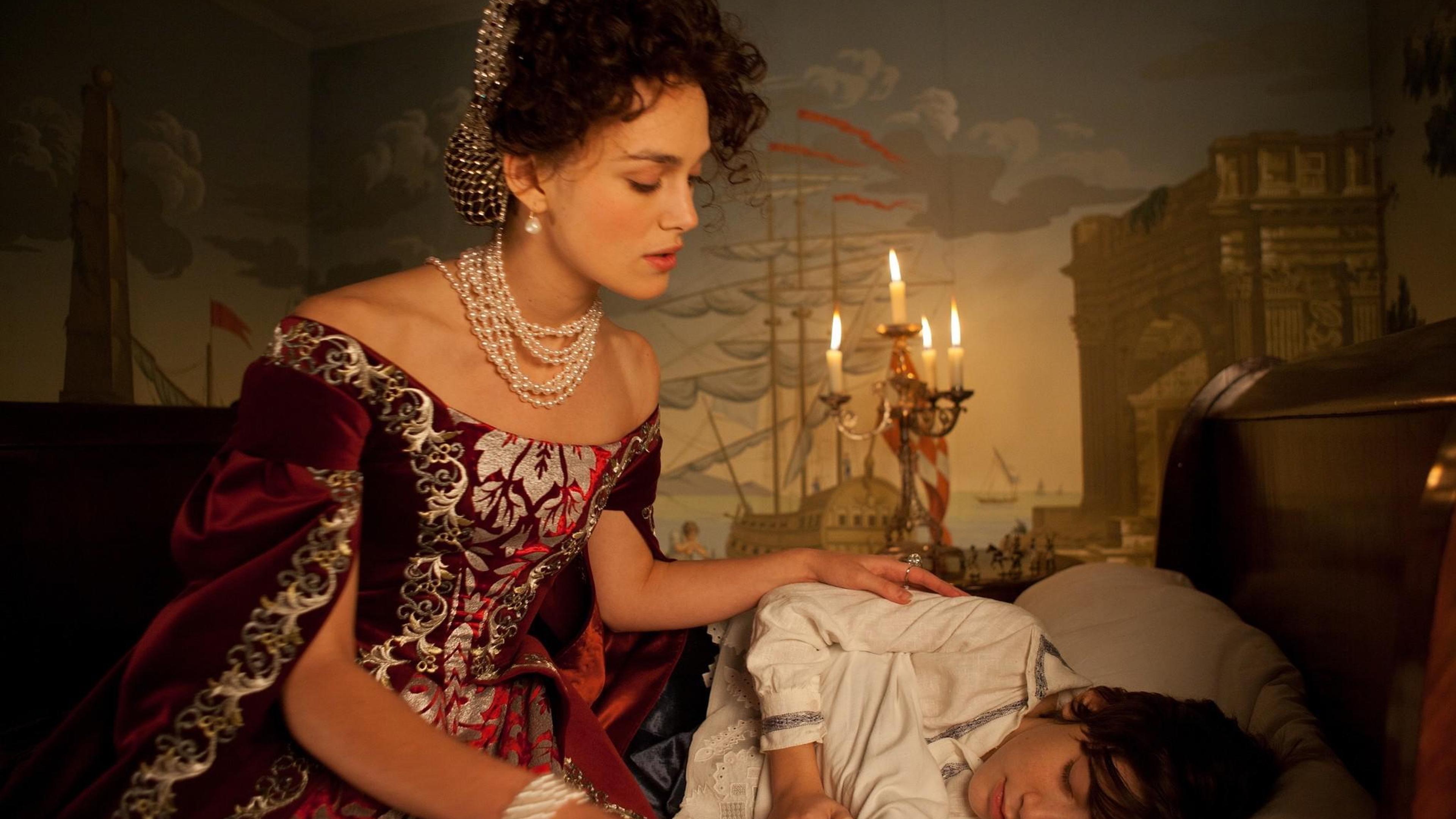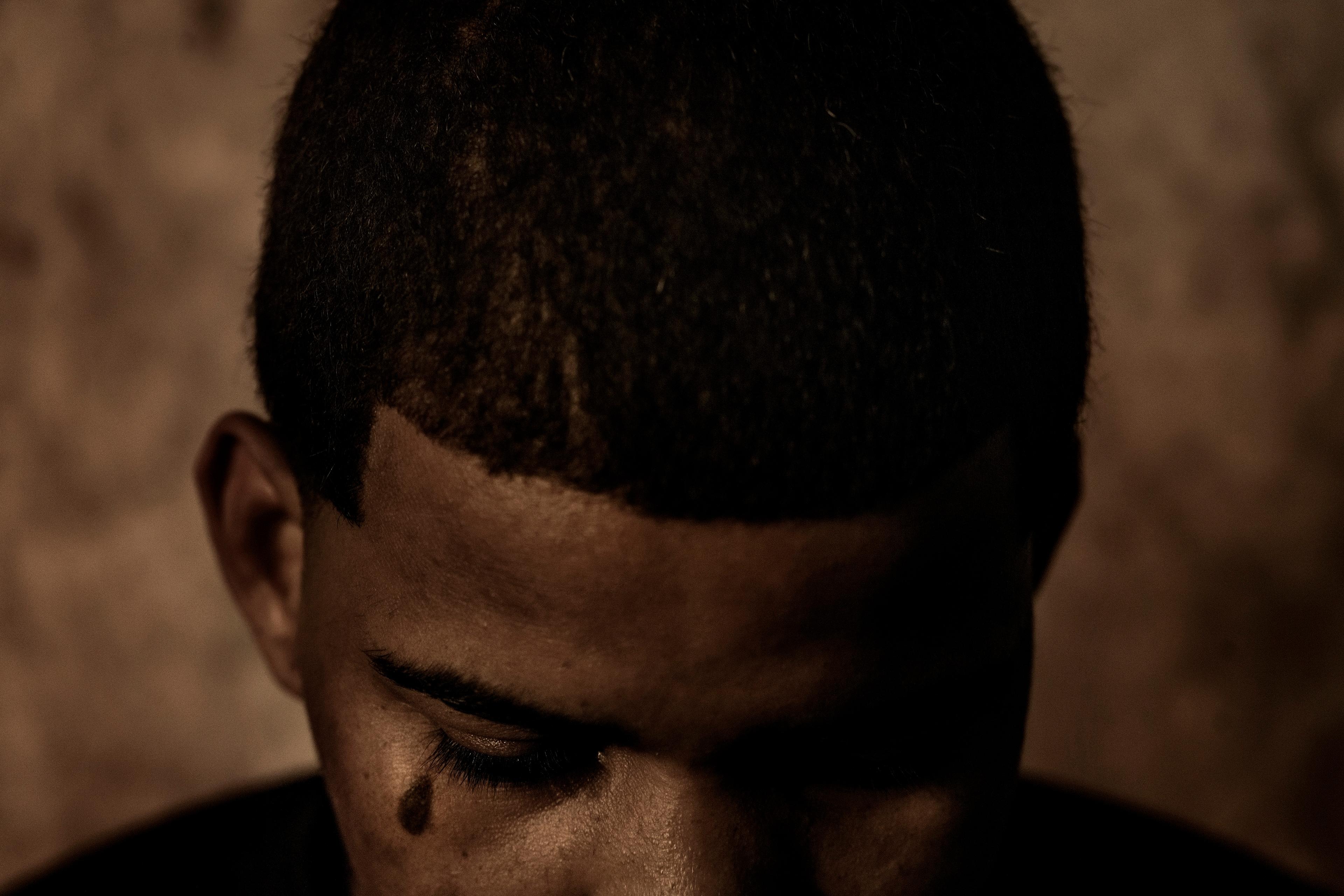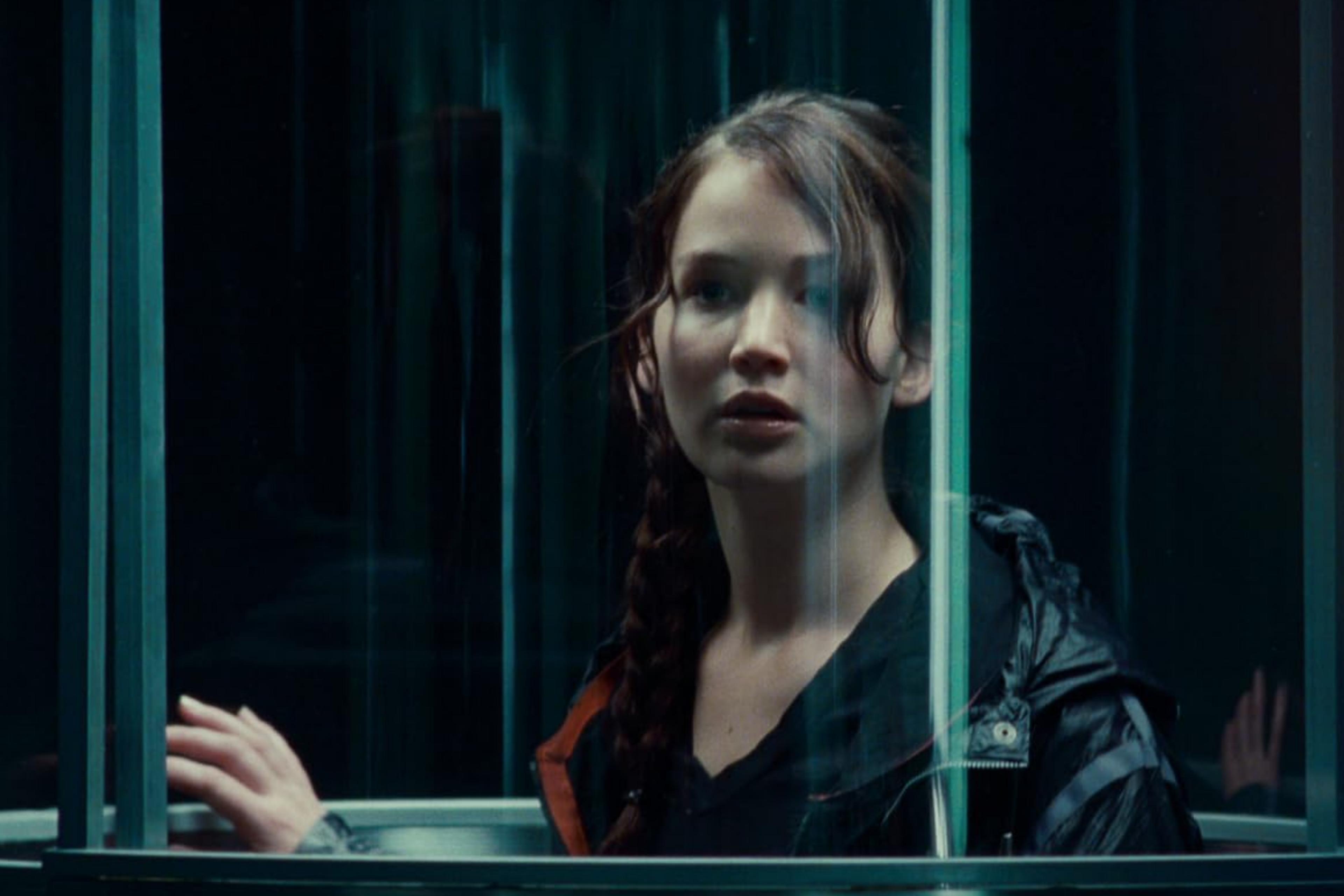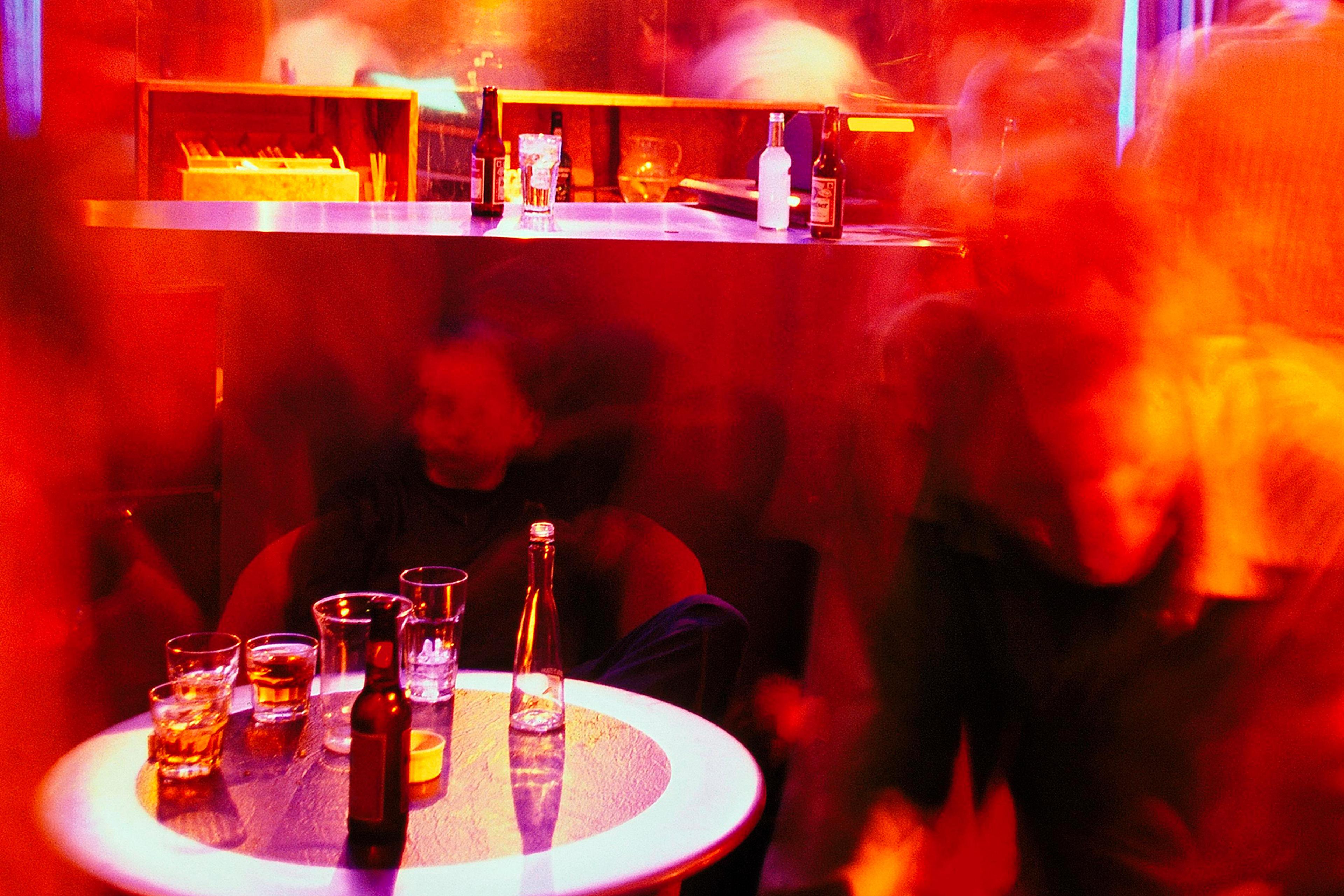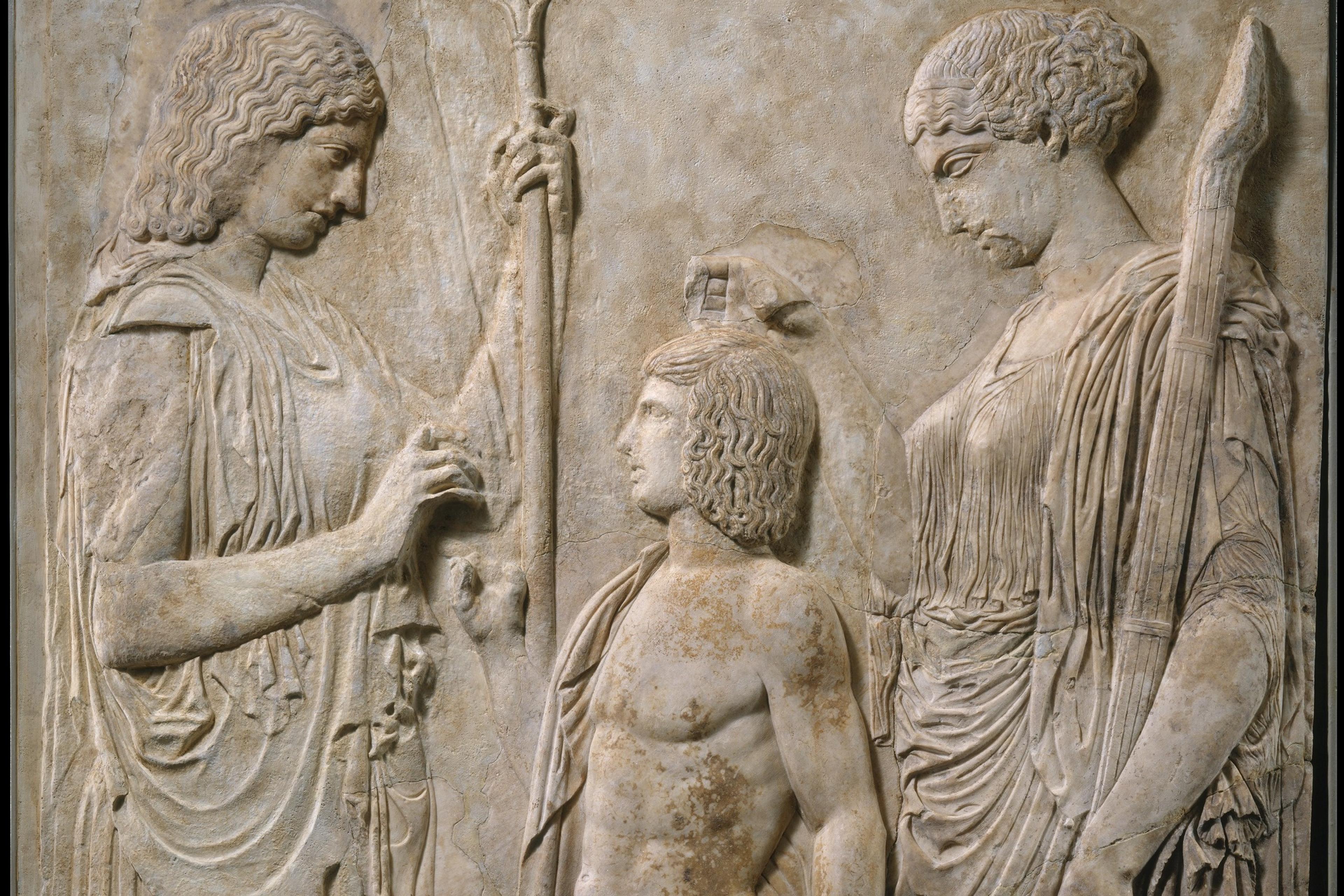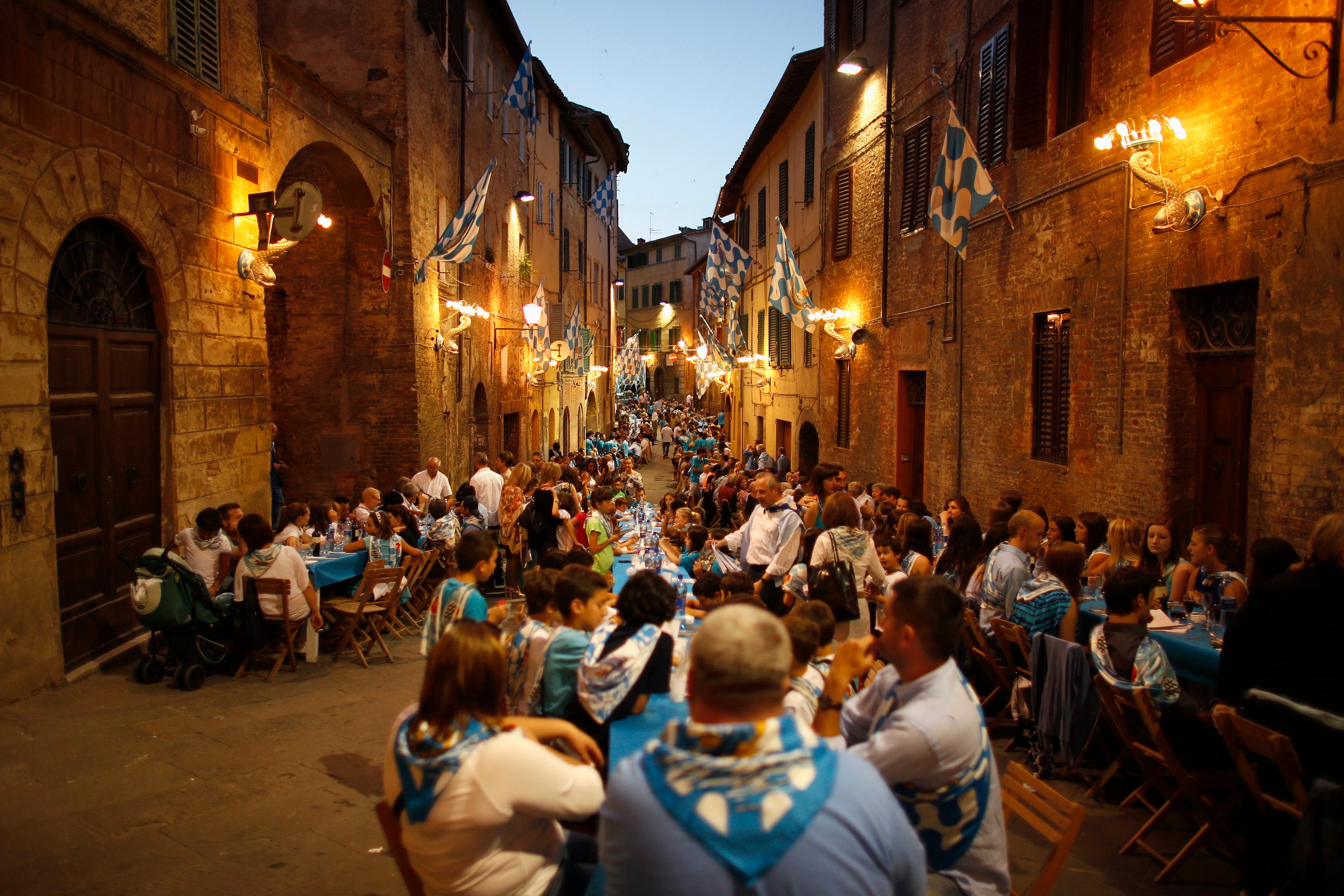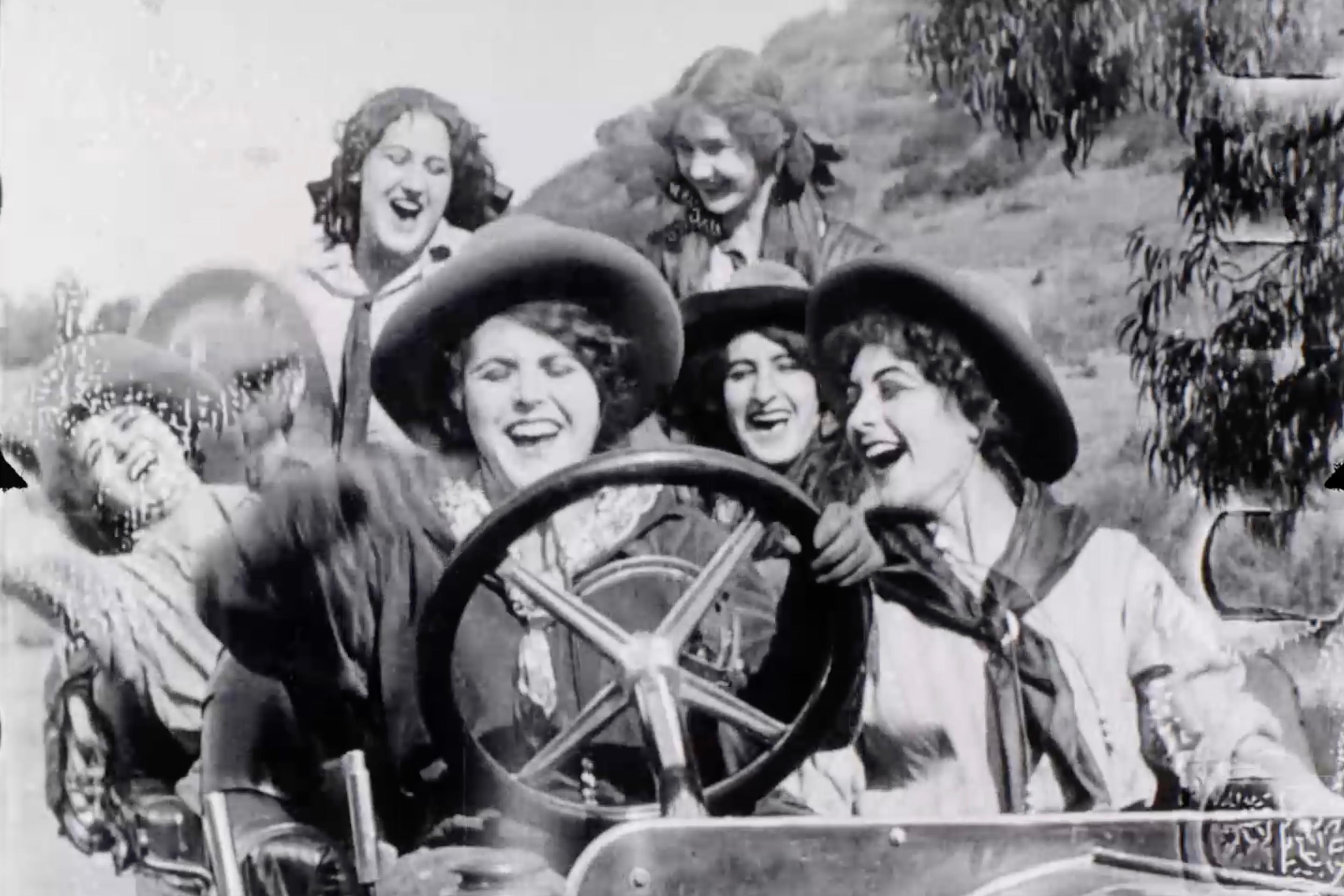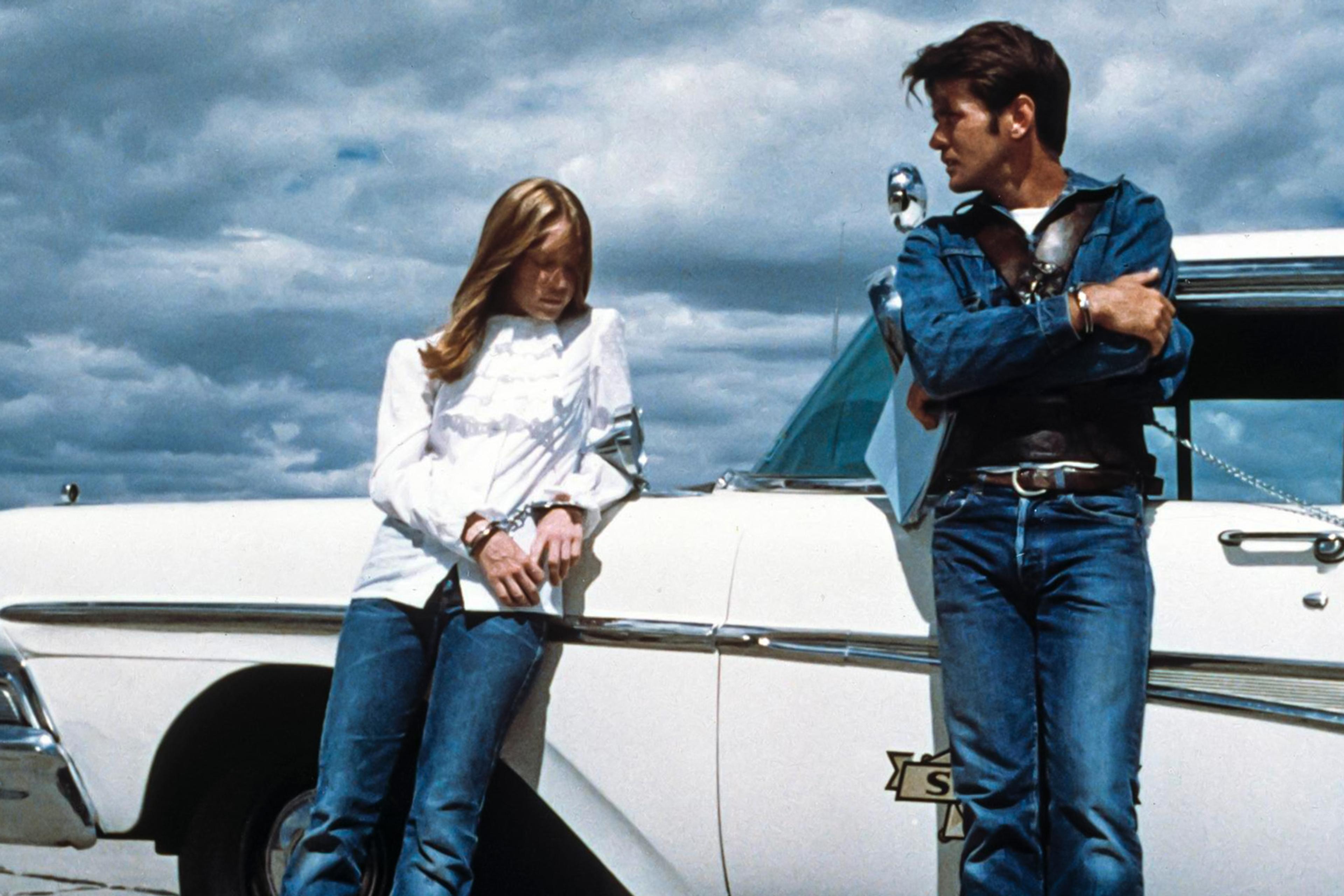My father always had a soft spot, even a transfixion, with Anna Karenina (1878), Leo Tolstoy’s heartbreaking novel depicting a woman’s fall into the traps of social ostracisation, shame and depression. In fact, he was obsessed with all things Tolstoy, and claimed that his relocation from London to Fife was inspired by Tolstoy’s own embrace of the simple life. But it wasn’t until I sat with my father in the dark of the cinema, watching Joe Wright’s 2012 film adaptation of Anna Karenina, and saw his face glazed by the screen’s reflected light as a distraught Anna was made to leave her young son, that I realised that this story was also his own: the one he never talked about.
After being diagnosed with Stage 4 kidney cancer when I was eight, my father somehow survived the next 18 years on experimental medication. He was often severely unwell, but he rarely admitted to feeling distress. He rarely even spoke, instead spending his days reading, writing and watching the news by himself.
He’d been like this before the cancer, in a subtler way. My mother told me that his own mother’s death, when he was four, had traumatised him, but little was divulged either about the circumstances of her death, or his overwhelming silence about it. I sensed the subject was out of bounds, especially with him. He hadn’t been able to grieve, I understood, but he found escape in books and films. In the cancer years, this need became ever more pronounced.
As a child, I sought to free myself from his dark moods and the heavy, unspoken despair that clung to him, born of the secrets he wouldn’t share, and the spectre of death he seemed to embody. He might have found a convenient escape through reading, but his emotional absence and lack of communication stirred only rejection and anxiety in me. At first, I sought my own remove; but I kept circling back, moving home to study and be near him in his final years, as I embarked on a PhD on the use of dramatic ritual to heal communities following political trauma, specifically terrorist attacks post-9/11. And that’s how I discovered the work of Thomas Scheff, the US sociologist who built on Sigmund Freud’s early work on catharsis.
In the 1970s, Scheff studied mainstream psychiatric approaches to mental illness and ‘became convinced … that any system of treatment would be incomplete if it were based entirely upon professional therapists’. He began researching more informal approaches to therapy, particularly group therapies, which led him to consider the role of drama and ritual in emotional healing, and in particular the cathartic process. Decades earlier, Freud and Josef Breuer had attempted to theorise catharsis in relation to hysteria, seeing it as potentially healing, and in the process they drew on Aristotle’s understanding of catharsis, which was rooted in the Greek idea of ‘purging’ as a cure for illness, then developed to explain the attraction and effects of tragedy in theatre.
Focusing on such ‘purging’, Freud and Breuer experimented with ways to encourage the venting of built-up aggression in clinical settings, hoping to alleviate the individual’s sense of anguish. However, catharsis is by nature fleeting, and that intense sense of relief can’t last. Freud and Breuer therefore abandoned this use of catharsis as therapy, moving on to develop psychoanalysis, ‘in which emphasis is placed on conscious insight’, and which the pair considered more likely to bring about permanent change in their patients as opposed to transient relief.
But were they premature to do so? Scheff certainly though so. In Catharsis in Healing, Ritual and Drama (1979), he argued that, in focusing on the ‘purging’ aspect of catharsis rather than its theatrical context, they’d missed Aristotle’s key insight, as well as the potential of using catharsis in a therapeutic, but not necessarily clinical setting. Scheff went back to Aristotle’s original dramaturgic tradition, while also drawing on social anthropology and sociology to gain a more holistic understanding of how human societies use the ritual of drama to heal and process communal trauma, and out of this work he developed a theory of catharsis that held the promise of truly therapeutic benefits. Key to this idea was that catharsis was a communal experience: although an individual might seek treatment on their own, their healing would require some form of safe, even imagined, social interaction. One way to construct this therapeutic, social space was through drama.
Based on years of research into what he termed ‘lay therapy’, or informal group therapies, as well as Gestalt therapy, Scheff came to believe that drama and other performative rituals had an innate ability to relieve anxiety, effecting the particular emotional and aesthetic phenomenon of catharsis. When an audience – or patients – were afforded an ‘aesthetic distance’, they could be guided through the drama to safely process accumulated or repressed anxiety, without becoming overwhelmed. As Scheff explained:
At aesthetic distance, the members of the audience become emotionally involved in the drama, but not to the point where they forget that they are also observers. Aesthetic distance may be defined as the simultaneous and equal experience of being both participant and observer.
Aesthetic distance afforded the social group a way to confront, from a position of safety, the original experience (or imagined scenario) that caused them pain and anxiety and then, with narrative closure, a way to release that anxiety. The process relied on there being a structured set-up that facilitated the experience, and a group of people with whom to share it: in Scheff’s schema, the process was essentially a communal one, focused on shared anxiety. As he put it: ‘I … propose a theory of ritual and its associated myth as dramatic forms for coping with universal emotional distress.’
Scheff offered many examples of valuable dramatic rituals, revealing these practices to be deeply embedded in human societies. Even the game of peekaboo is cited as a simple form that contains:
the three necessary elements for the successful ritual management of distress: (1) the evocation of the distress (that of separation); (2) a distancing device (the baby knows that the mother has not really gone); and (3) the discharge of distress (the baby laughs).
These same elements are present in other, more complex forms, from funeral rites to films to art therapy.
Scheff’s ideas resonated with me profoundly. As part of a postdoctoral research project that I co-founded, Truth Tellers at King’s College London, I analysed ritualistic responses to the Manchester Arena suicide-bombing attack of 2017, in which 23 people died and more than 800 were wounded. I identified narratives that were shared across social media outlets in the aftermath of this shocking incident, as a way of offering solace and solidarity during an otherwise chaotic and overwhelming traumatic experience. As a team, we explored the ways stories were told through social rituals, such as vigils for the victims. These received wide media coverage, with individuals frequently described as ‘angels’, and appeals were made to religious ideas about transcendence, goodness and peace that invited a sense of catharsis and the beginnings of communal healing.
Catharsis emerges as part of the wider aesthetic embodied in social ritual. Its repetitive nature is not a mark of its ineffectiveness as a technique but, rather, of the wider, holistic way that it functions as a healing process over time. I found that placing victims’ deaths in religious narratives gave a sense of order to communal grief; stories of transcendence provided a cathartic ending and, just as important, meaning (however constructed or fleeting) to what felt meaningless terrorist violence.
Closer to home, I saw another version of this aestheticised social ritual play out, albeit on a smaller scale. Back in Fife, my father started asking me to go to the movies with him, and our outings quickly became a routine. When we saw Anna Karenina together, the community of strangers that made up the audience generated the aesthetic distance and communal experience necessary for catharsis to work, allowing my father to re-live and better understand his own traumatic and permanent separation from his mother.
Community is always at least partly imagined. When we riot, celebrate or grieve publicly, we don’t actually know those around us in a personal sense. When we watch a play, we don’t know the rest of the audience further than the theatre. The same is true of the cinema. In fact, it’s precisely the safety of that imagined, fleeting community that’s important, and part of the healing process itself. The group dynamic that Scheff identified works on an individual level, so long as the individual in question is willing to take part in what will always be a partially imagined, simulated experience. In theatre or film, the fictional characters themselves help create this space.
While conventional talking therapies require the patient to divulge information in depth about their feelings and buried anxieties, many people have neither the resources nor the emotional capacity or even the memory to commit to this system. For my father, repression was so entrenched in his upbringing that he ruled out conventional therapy, and yet Anna Karenina enabled him to communicate and reflect without recourse to speech. His hero Tolstoy had stepped in. An artwork and a fictional character had provided a space for him to heal, or at least feel his otherwise repressed emotions. Anna Karenina allowed him not just to understand his mother’s predicament, but also to feel, through the vicarious sadness of a character in a story who resembled her, the emotions he had been forced to contain entirely on his own.
It also became a way for me to better understand a person who had seemed so endlessly closed-off to me, too, and a way for him to let me in – however briefly and indirectly – and perhaps on my part, partly imagined, too. We never talked about what had actually happened to his mother. I pieced together the story via other routes and in piecemeal fashion over the years. I knew that his mother had died from an overdose at 26, but I found out that she’d died on her wedding anniversary – on the tail of a rumoured affair and pregnancy – only after my father’s funeral, when other relatives began to divulge details that had previously been deemed to shameful, or painful, to share. These fragments, along with stories such as Anna Karenina, helped me contextualise my own loss, borne of my father’s endemic emotional absence as well as his eventual death. The ritual, then was also for me.
